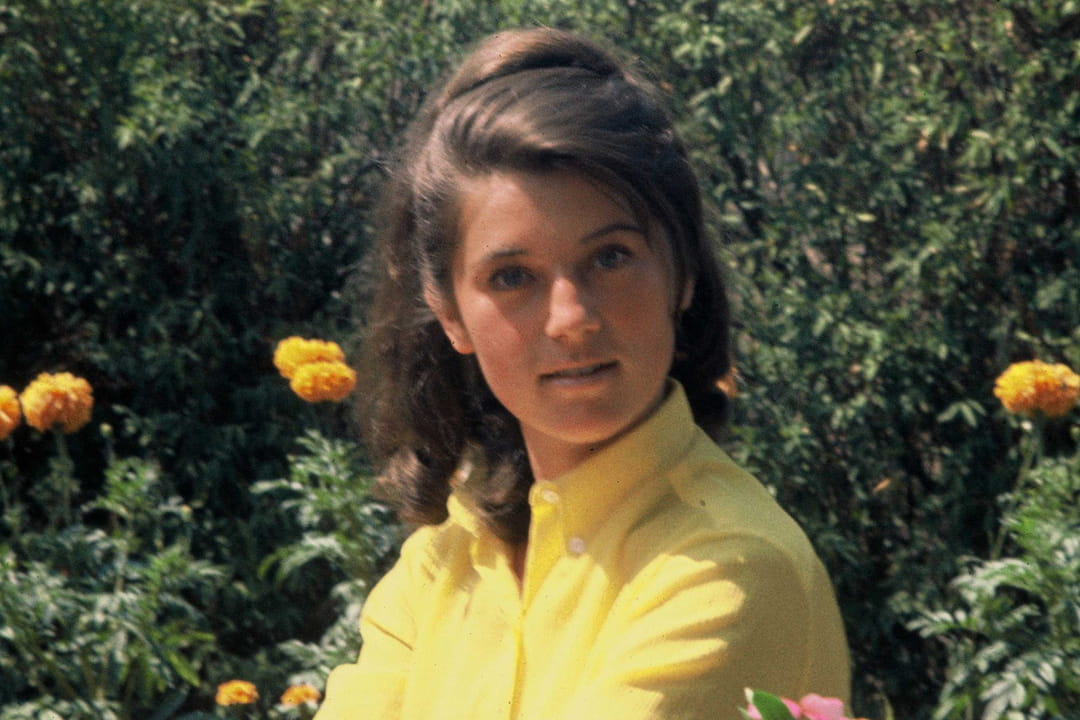What is going on
Protests exploded for a precise reason: the expiry of a concession of 30 years For the bus service that connects the train station to the archaeological site. The protesters ask that a new company is assigned to guarantee this service. To “block” the connection, the demonstrators placed rocks and trunks on the rails; At the same time, there was a comparison with the police, which led to approx 14 civil people injured.
The authorities intervened: in the night (Cusco time) the police temporarily unlocked the rails, allowing the evacuation of about 1,400 tourists. They remain, however, about 900 visitors still in the areathat the authorities invite you to leave on foot, given that transport via rail and bus is blocked. For many, Machu Picchu is not just an archaeological wonder: it is a national symbol, the Peruvian postcard in the whole world, a vital economic engine for local, tourist and non -tourist communities. The tourist flow is one of the main sources of income for many Downstream families: tourist guides, small hoteliers, craft sellers, taxi drivers, restaurateurs.
When something like an administrative decision (the change of concession for the bus service) flows into protest and paralysis, the economic impact is immediately felt. Not only for tourists blocked, but for people who count on those arrivals every day. In nearby villages, small pensions already included full employment this season; In the markets near the railway stations, the craftsmen begin to see the empty tables. These are the side effects of a political and social protest that has a clear question: who must be responsible, who must manage transport, with what criterion, with what reliability.
There is also an environmental theme: Machu Picchu is very fragile, both for the natural context (rainfall, erosion, unstable vegetation) and for the now constant tourist pressure. Any decision on transport, on rail management, on the number of visitors, on “accessory” infrastructures (buses, paths, toilets) affects this precarious balance. Still, the right of communities to be listened to. Protests show that the long -lasting concession is not enough: the service conditions, quality, safety, respect for the environment and the people who work there, are at the center of contentability. The request of a new company is not merely technical, it is also political and symbolic: those who control access to Machu Picchu, manage part of his destiny.
Voices, images, sensations
There are those who wait under the high sun, others who seek shelter in the shade of the pines or behind a wall of stones. Backpacks thrown on the ground, sunglasses that reflect mountains, folded maps and then forgotten. “We thought of entering before dawn,” says a spanish couple who had planned a visit to the first light. The dawn have seen it, but the climb remains far away: the stretch between the station and the Inca citadel is interrupted, no bus, no train.
A local boy offers bottle water: small, but significant gesture. Some street vendor turns here and there, hoping to intercept those who remain blocked longer. You can see dust apprenticeship that go up from the rails, the luggage wheels roll on irregular stones. Among tourists, there are those who put themselves trekking shoes, backpack on his shoulder, ready to walk what is usually done by bus: the path that from Ollantaytambo or other nearby points leads to Machu Picchu. Some accept the perspective with a spirit of adventure, others with annoyance, tiredness, even fear: the area is mountainous, the sun is strong, the altitude makes itself felt.
But there is also solidarity: small chat in mixed languages - English, Spanish, Italian, French – between strangers who share bottles of water, advice on how to deal with the walk, smiling of encouragement. Someone says they have made hundreds of photos of the archaeological site in life, but never so suspended, so “waiting”.

Future implications
Who decides what happens from today? Local authorities must choose a new transport company: transparent criteria, quality guarantees, safety, right costs. The risk – underlined today by the demonstrators – is that the new concession can repeat errors of the past, or that the affected communities are listened to without being listened to.
In addition, you have to think about the infrastructure plane: if the protests can stop for the tracks, change the transport by rubber or on alternative paths, perhaps it is time to review how to access the site so that it is not so easily vulnerable to conflicts. And of course, the tourist impact must be considered: long expectations, inconveniences, uncertainty can discourage future visitors. For Machu Picchu, one of the most known humanity heritage sites in the world, it is not enough to be beautiful: it is necessary that the use is sustainable, respectful, reliable. It is necessary that those who arrive, even if only for a day, feel that the place is welcoming, that there is someone behind the stone walls that does that possible so that nothing is broken – neither rails nor trust.
How long will this protest last? The protesters have declared that the protest will continue until at the start of the operations of the new company. As long as the transport will remain blocked, what costs the local communities will pay, and what image will remain in the memories of the patrons: perhaps an unexpected walk, but also an experience that has mixed beauty, effort, uncertainty – a different memory of Machu Picchu.
Photo © Reuters










